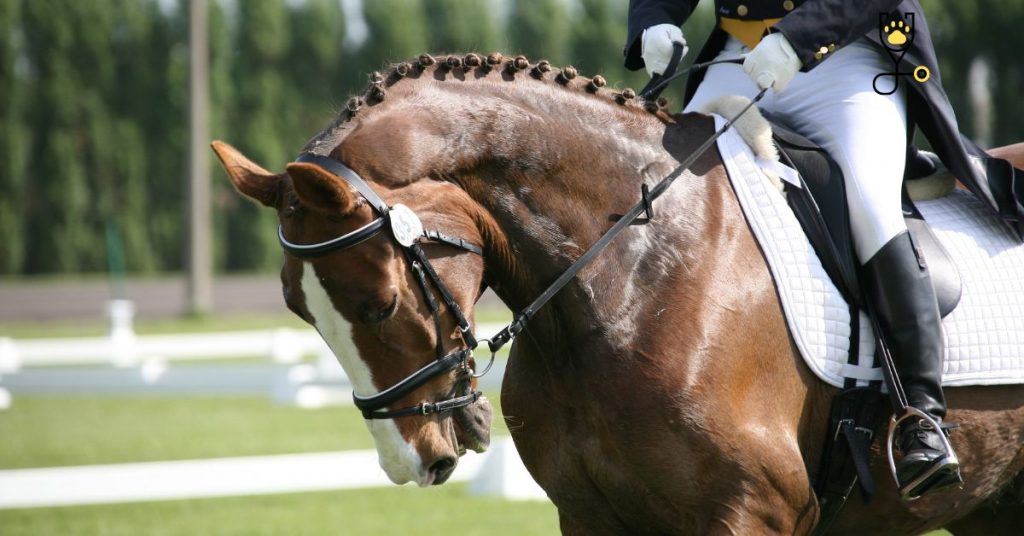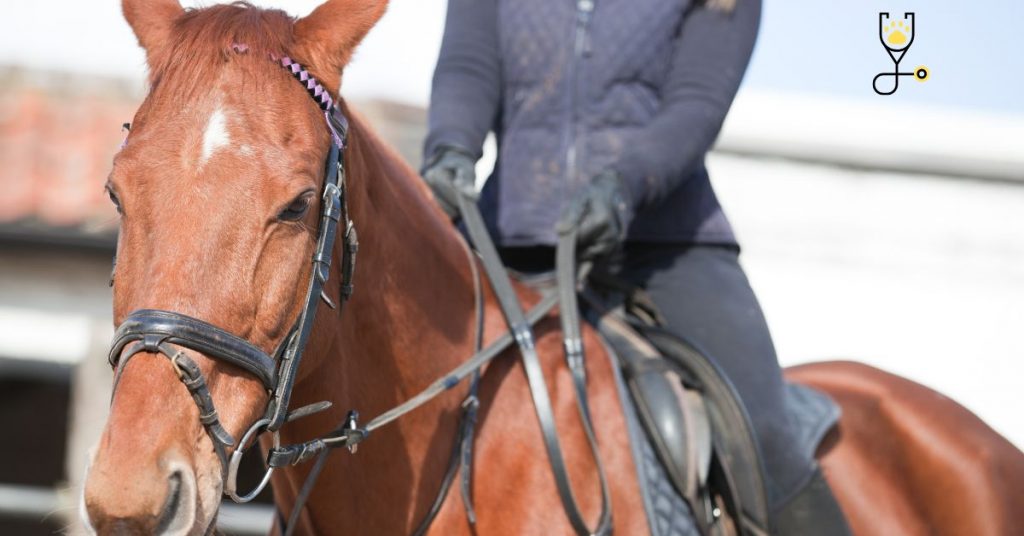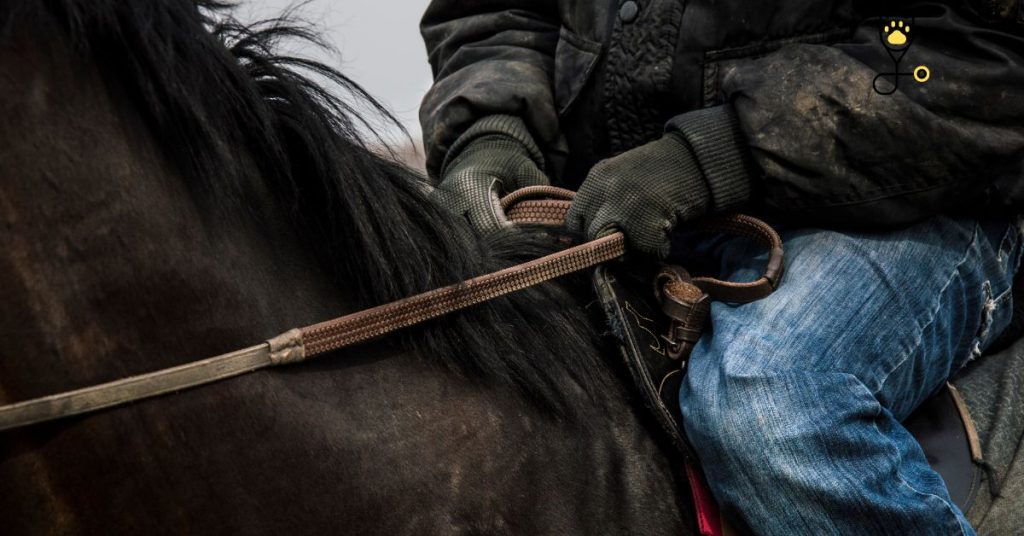Neck reining is a way to get your horse to turn by moving your body and positioning the reins around its neck. It can be a great way to help your horse understand what you want it to do, and it’s also a very effective form of communication. To train your horse-to-neck rein, you’ll need patience, consistency, and plenty of rewards. Keep reading to learn how!
What is Neck Reining?
Neck reining is a way of communicating with your horse. It’s done by using the reins and body language to ask or encourage the horse to turn in one direction or another. The technique is based on what horses naturally do when they are out in the wild: they use their necks to move away from predators, for instance. By using neck reining, you can help teach your horse how to respond quickly and accurately to your cues.

What needed?
Before you get started, there are a few things you’ll need:
• A well-fitting bridle with two reins
• Patience and consistency
• Plenty of rewards (like treats or praise)
• A calm and confident attitude
How To Train Your Horse to Turn Using Neck Reining
Neck reining is a great way to get your horse to turn. It involves using the reins and pressure on one side of the neck to communicate a desired direction for the horse’s body. Neck reining requires a lot of practice and patience, but with proper technique, you can teach your horse to make accurate turns.
Here are some tips for getting started:
1. Start by introducing your horse to light rein pressure. Begin by gently holding the reins along one side of your horse’s neck and then lightly increasing pressure. Your goal is to get your horse used to the feeling of rein pressure.
2. Once your horse is comfortable with light rein touch, start using it as an actual cue for turning. When you gently apply pressure on one side of the neck, it should induce a turn in that direction — don’t forget to reward your horse with a treat or other positive reinforcement when he responds correctly.

3. As your horse gets better at responding to light rein pressure, start adding more cues for turning — such as verbal commands and/or leg pressure along with the rein touch.
4. Practice makes perfect! So make sure you practice neck reining consistently until your horse is comfortable and confident making turns in each direction. Strive to keep training sessions short and enjoyable so that your horse looks forward to them rather than dreading them.
5. Finally, be sure to keep your horse’s safety in mind at all times — go slowly and don’t force the process if he seems reluctant or uncomfortable.

Can Neck Reining Help Your Horse?
Yes! Neck reining is a great way to build communication and trust between you and your horse. When used properly, it can help your horse understand what you’re asking and respond quickly and accurately. It can also help to improve your own riding skills, as it requires a good sense of balance and timing. Neck reining is an effective tool for training horses in a variety of disciplines — from dressage to western pleasure — so don’t hesitate to give it a try!
Best Rein Pressure Tips
• Keep your reins even and light — don’t pull too hard or yank them.
• Move your body in the direction you want to turn — this will help reinforce the cue.
• Be aware of how much pressure is being applied and adjust accordingly. Too much can be detrimental to the training process!
• Practice makes perfect — so don’t be afraid to take your time and repeat the same steps until your horse responds correctly.
• Always reward good behavior with treats or praise.

With some patience, consistency, and plenty of rewards, you can teach your horse how to neck rein. By taking the time to understand and practice this technique, you and your horse can build a strong bond of trust and communication.
Conclusion
Neck reining is an effective way to communicate with your horse and get it to turn in the desired direction. It requires patience, consistency, and plenty of rewards — but when done correctly, it can be a great tool for building trust between you and your horse. So don’t hesitate to give it a try! Best of luck.
Frequently Aske Questions
Q: How long does it take to train a horse using neck reining?
A: It really depends on the individual horse, but most horses can be trained using neck reining within a few weeks or months with proper practice and patience.
Q: Do I need any special equipment for neck reining?
A: Yes, you will need a well-fitting bridle with two reins to practice neck reining.
Q: Can all horses be trained using neck reining?
A: Yes, as long as the horse is comfortable and willing to learn. Some horses may take longer to understand and respond correctly than others, but with patience and consistency, most horses can be taught neck reining.
Q: Can I use neck reining for any discipline?
A: Yes, neck reining can be very effective in many disciplines such as dressage or western pleasure riding. It’s also a great way to build trust between you and your horse. So don’t hesitate to give it a try!
Q: How do I know if my horse is ready for neck reining?
A: You should start with light rein pressure and gradually increase it to make sure your horse is comfortable. It’s important to always keep an eye on your horse’s body language and look out for any signs of discomfort or resistance. If you notice any of these signs, take a step back and start again with lighter pressure. Once your horse is comfortable with light rein touches, then you can start to move on to more advanced techniques. Good luck!





